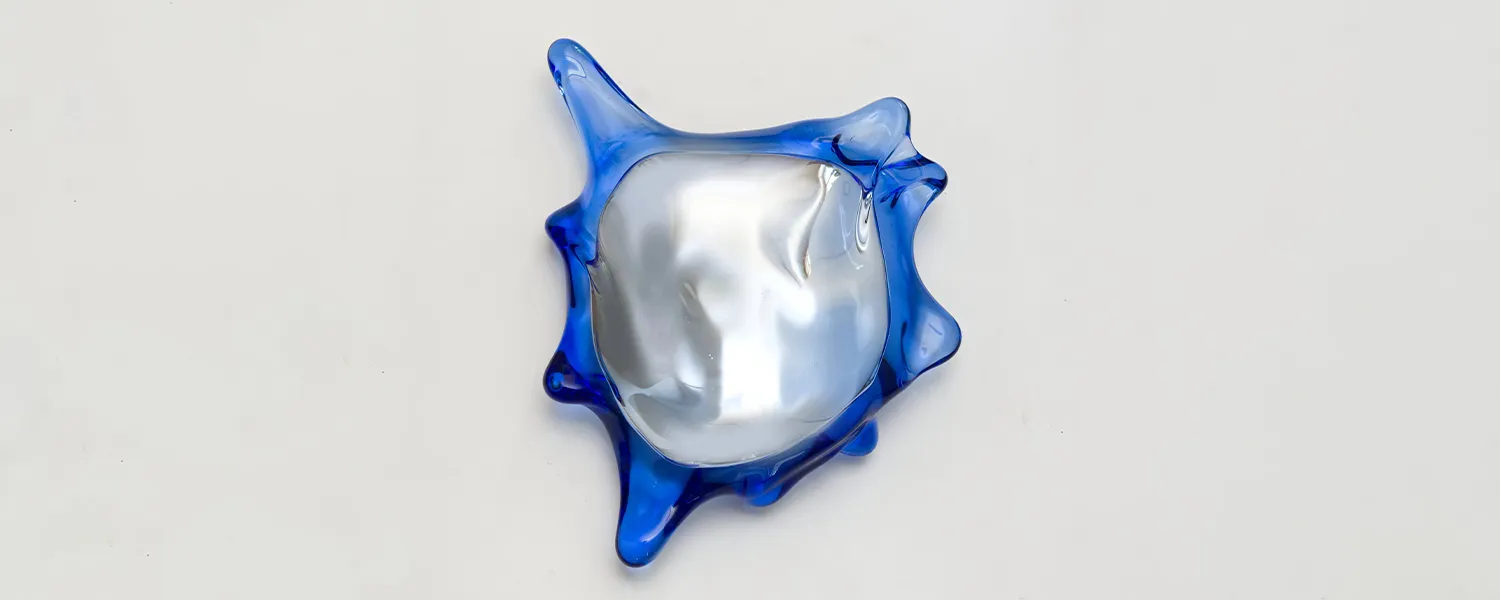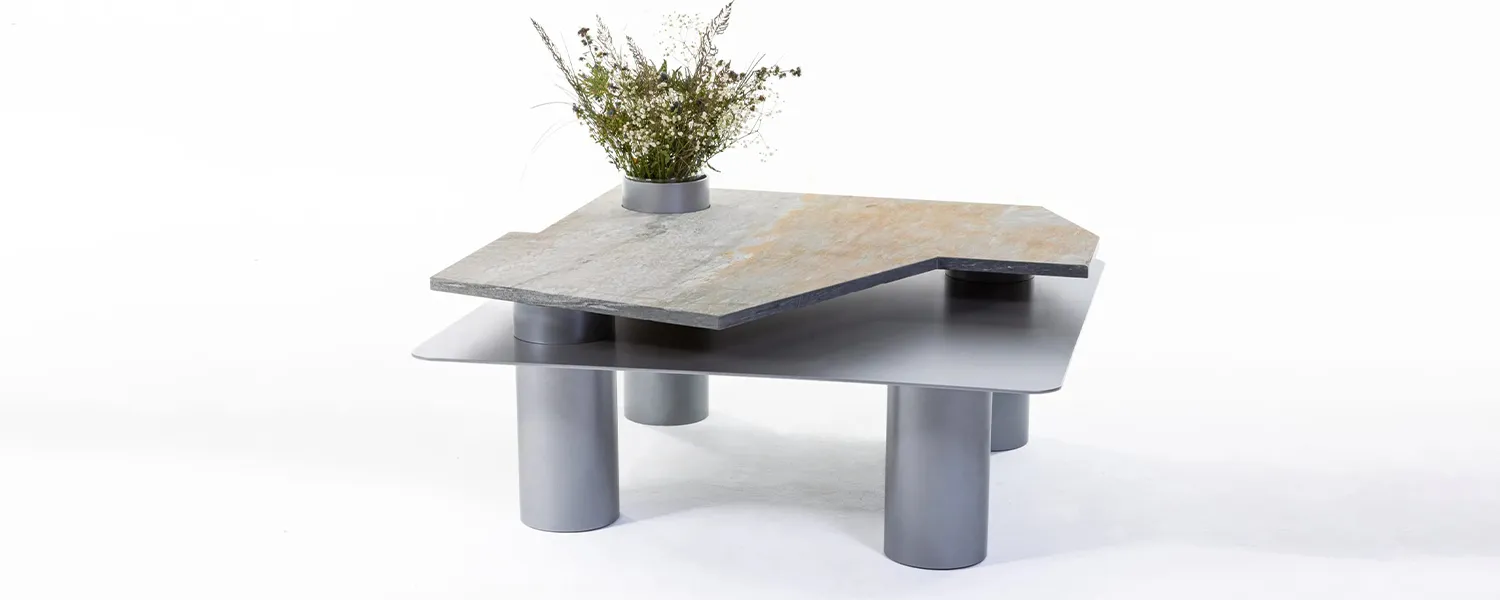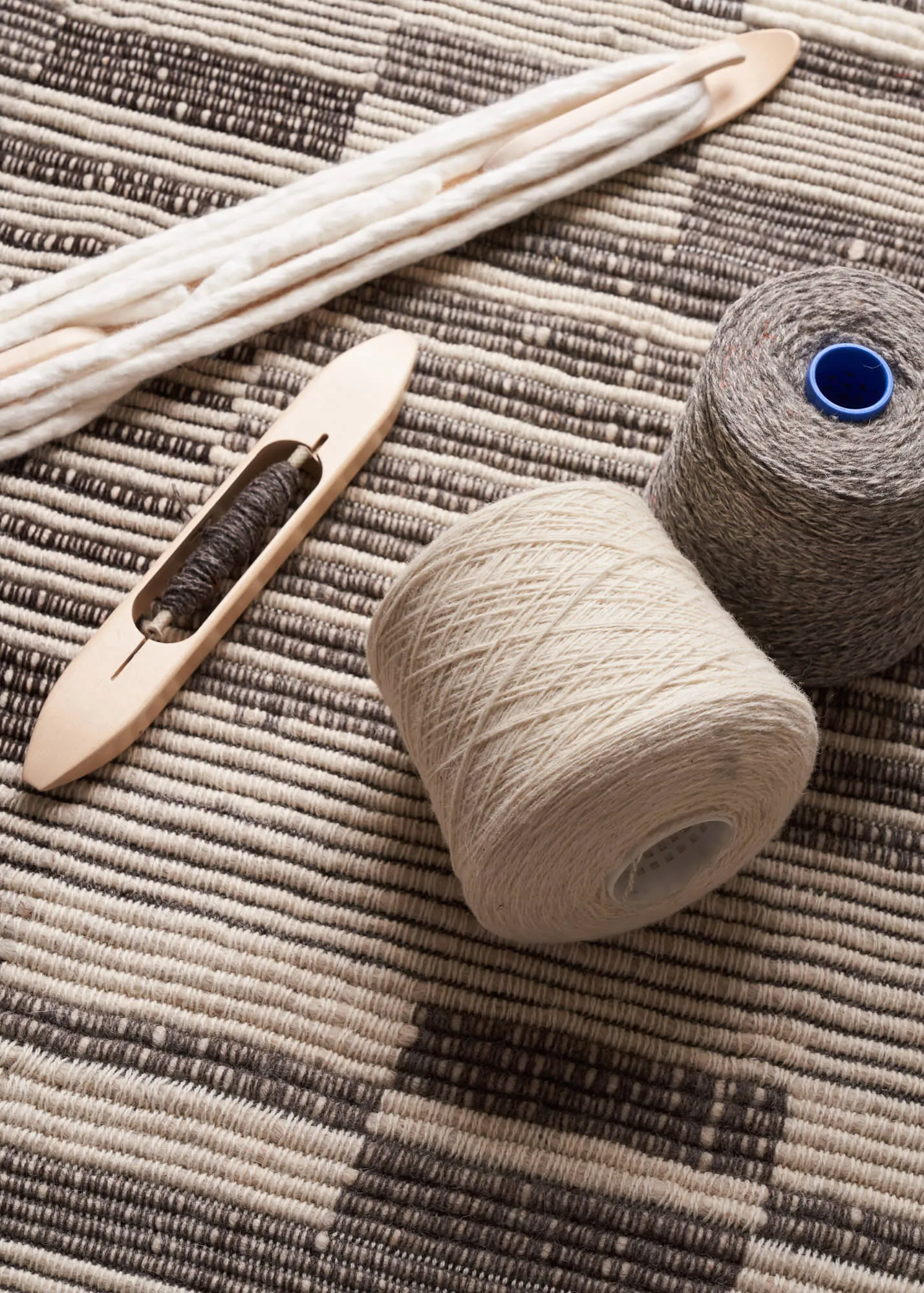
Weaving: One of the Earliest Tech Booms
Weaving is one of the oldest human crafts, integral to the development of societies around the globe. From simple beginnings with rudimentary looms to the complex machinery of the Industrial Revolution and beyond, weaving has been pivotal in human history with an impact more profound than often recognized. Contemporary perspectives often confine weaving to the realms of fashion and clothing, but it is important to zoom out to fully understand how much the introduction and industrialization of weaving tools and techniques changed the world. Indeed it could be considered one of the earliest ‘tech booms’.
Take, for example, the advent of woven sails, a pivotal innovation that accelerated international trade and exploration, catalyzing the early phases of globalization. With the ability to produce sails rapidly and in bulk, weaving efficiency became instrumental in outfitting burgeoning fleets during the Age of Exploration and beyond. It’s clear that industrialized weaving played a paramount role in expanding global trade and exploration, facilitating the discovery of new lands, establishing vital trade routes, and fostering increased cultural exchange.
And this is just one example involving a large piece of fabric. On a smaller scale, the industrialization of weaving also transformed everyday items like flour sacks, medical bandages, and bedding. Almost nothing was untouched by the advancements in weaving technology.






History and Evolution
Weaving dates back to prehistoric times, with the earliest evidence of woven textiles found in ancient Egypt around 5000 BCE. These early weavers used basic looms to create textiles for clothing, shelter, and trade. Over time, weaving techniques evolved, and by the medieval period, looms had become more sophisticated, allowing for the production of intricate patterns and designs.
The Industrial Revolution was a pivotal moment in weaving history, driven by inventions like the flying shuttle, spinning jenny, and power loom in the 18th century. These innovations mechanized weaving, greatly enhancing production speed and efficiency, and marked one of history’s earliest technological booms. The most revolutionary leap occurred with mechanical and power looms during the Industrial Revolution. Powered by water, steam, and later electricity, these automated looms transformed textile production, dramatically increasing output and laying the foundation for today’s textile industry.
This evolution reached new heights with computerization. Modern looms now integrate computer-aided design (CAD) and computer-aided manufacturing (CAM) technologies, enabling precise control over complex patterns and efficient mass production. These advanced looms swiftly adapt to new designs, minimize waste, and elevate fabric quality and consistency, representing the pinnacle of weaving technology today.






Types of Weaving Techniques
Most simply put, weaving involves interlacing two sets of threads, the warp (longitudinal threads) and the weft (horizontal threads), to create fabric. There are various types of weaving, each producing different textures and patterns. The fundamental weave patterns are:
1. Plain Weave: The simplest and most common type, where the weft thread crosses over and under the warp threads alternately.
2. Twill Weave: Creates a diagonal rib pattern, seen in fabrics like denim.
3. Satin Weave: Produces a smooth, lustrous fabric by floating the weft threads over multiple warp threads before going under one.


Advanced Weaving Techniques
Across different cultures, unique weaving techniques serve as tangible manifestations of cultural continuity and pride. They embody not only the craftsmanship and artistic skills of their creators but also the values and traditions that have shaped communities over time. In this way, textiles are not merely utilitarian objects but repositories of cultural memory, linking past, present, and future generations. Indeed – consider the very word heirloom: heir + loom. In its etymology, “heirloom” directly links to the historical practice of passing down not just valuable material possessions such as a literal loom, but also the skills and traditions associated with them. Specifically, the inclusion of “loom” highlights the importance of weaving tools and textiles in this legacy.


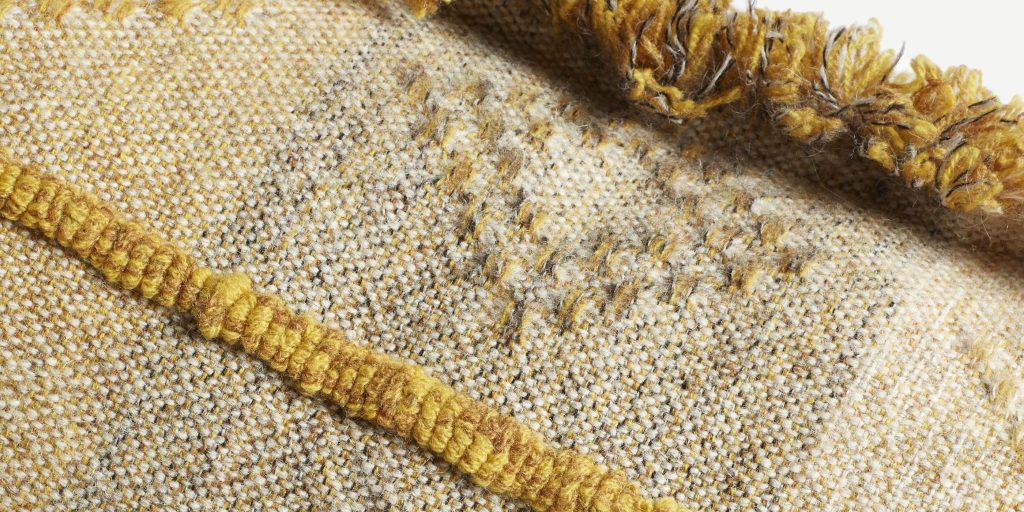



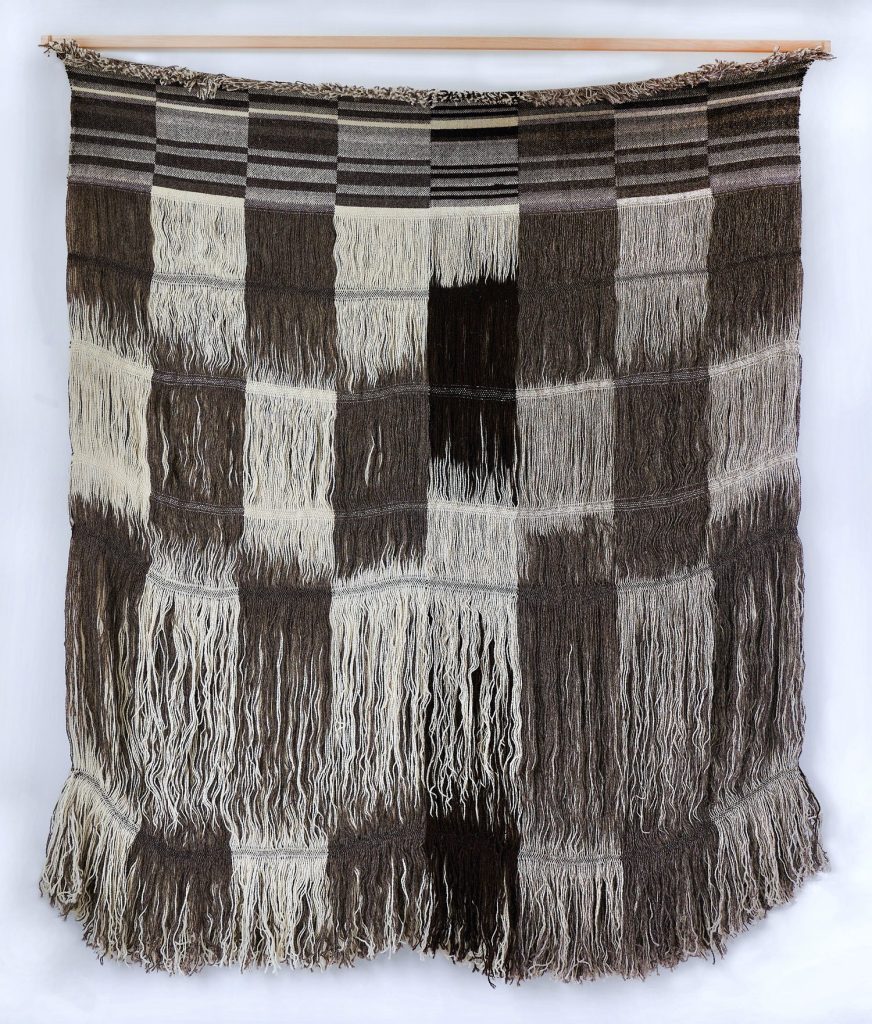

Examples of Cultural Weaving Techniques
- Kente Cloth (Ghana): Kente is a brightly colored, intricately woven fabric from the Ashanti people of Ghana. Traditionally, it was worn by royalty and during special occasions. Each pattern and color in Kente cloth holds specific meanings, often representing the history, philosophy, ethics, oral literature, religious beliefs, and political thought of the Ashanti people.
- Navajo Weaving (United States): Navajo weaving is a unique and highly regarded form of textile art created by the Navajo people. Known for its geometric patterns and bold colors, Navajo weaving often features diamonds, zigzags, and other traditional motifs. Historically, these textiles were used for garments, blankets, and rugs, and today they are highly valued as works of art.
- Ikats (Indonesia, India, and Central Asia): Ikat is a dyeing technique used to pattern textiles that employs resist dyeing on the yarns prior to dyeing and weaving the fabric. This method is prevalent in several cultures, including Indonesia, India, and Central Asia. Ikat fabrics are known for their blurred, intricate designs, created by carefully dyeing the threads before they are woven into cloth.
- Andean Weaving (Peru): Andean weaving is a traditional textile art practiced by indigenous communities in the Andes, particularly in Peru. These textiles are known for their vibrant colors and complex patterns, often incorporating symbolic designs that reflect the weavers’ cosmology and daily life. Techniques such as backstrap loom weaving have been passed down through generations.
- Tartan (Scotland): Tartan is a pattern consisting of crisscrossed horizontal and vertical bands in multiple colors, originating from Scotland. Each tartan pattern is associated with specific Scottish clans, families, or regions, and has historical significance. Tartan fabrics are traditionally woven from wool and used for kilts, shawls, and other garments.










Weaving’s Global Impact
Weaving has played a significant role in globalization throughout history, particularly through its impact on trade routes like the Silk Road. The production and exchange of woven textiles not only facilitated economic transactions but also served as a cultural bridge between distant civilizations. Textiles, such as silk and fine fabrics, traveled along these routes, connecting East and West and stimulating commerce and cultural exchange. Weaving technology advancements, from ancient looms to modern automated systems, have continually shaped global trade dynamics, illustrating how a craft can influence the interconnectedness of societies across continents.






Final Thoughts: Weaving in a Fast Fashion World
Reflecting on the profound impact of industrialized weaving demands mindfulness, acknowledging its dual nature. Increased production fuels economic growth yet introduces challenges. Consider the original Luddites, early 19th-century weavers who protested mechanized looms fearing job losses (echoing contemporary fears of automation and AI replacing jobs). Today, “Luddite” describes those against technology, but the original Luddites worried about economic hardship, smashing machines out of desperation. Ironically, their jobs thrived initially due to technology increasing yarn supply.
This cycle parallels today’s fast fashion industry, echoing the Industrial Revolution’s impact on weaving. Technological leaps enable rapid, cheap manufacturing but displace jobs, create poor working conditions, harm the environment, and cause protests for sustainability. Both eras illustrate the double-edged sword of innovation, reshaping societies through disruptive progress and social consequences, underscoring the importance of mindful consumption. Recognition of the profound history of weaving and its enduring influence on humanity highlights it as a potent force and craft often overlooked.
-

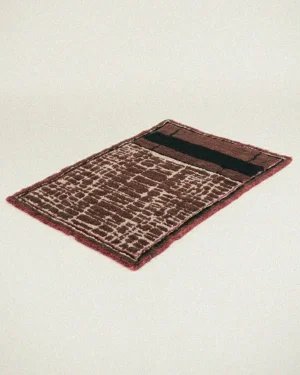 Brickwork Study I€325 incl. tax
Brickwork Study I€325 incl. tax -

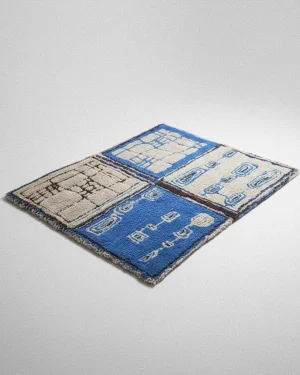 Circuit Blue X€500 incl. tax
Circuit Blue X€500 incl. tax -

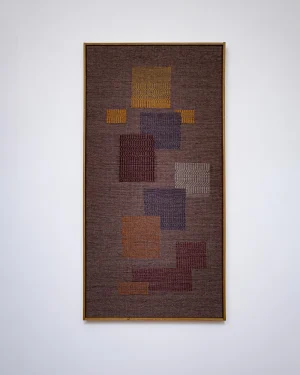 Spigolatura N°87 – Handwoven Wall Art€1.375 incl. tax
Spigolatura N°87 – Handwoven Wall Art€1.375 incl. tax -

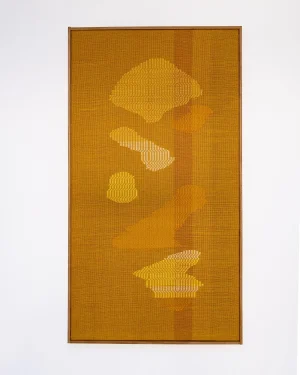 Terrae N°32 – Handwoven Wall Art€1.250 incl. tax
Terrae N°32 – Handwoven Wall Art€1.250 incl. tax -

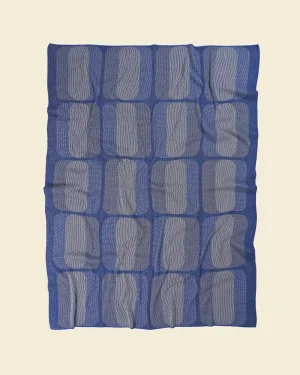 Graphic Blanket In Blue/grey – Boi X Leigh Bagley€213 incl. tax
Graphic Blanket In Blue/grey – Boi X Leigh Bagley€213 incl. tax -

 Semilla Azul€1.875 incl. tax
Semilla Azul€1.875 incl. tax -

 Semilla Naranja€2.375 incl. tax
Semilla Naranja€2.375 incl. tax -

 Fuzzy Pillowcase€85 incl. tax
Fuzzy Pillowcase€85 incl. tax -

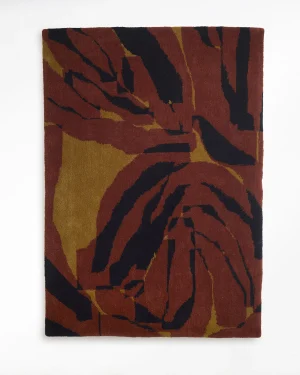 Untitled, Composition With Red, Yellow And Black (2023)€3.500
Untitled, Composition With Red, Yellow And Black (2023)€3.500
